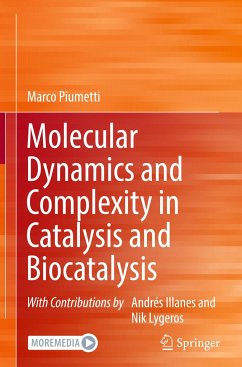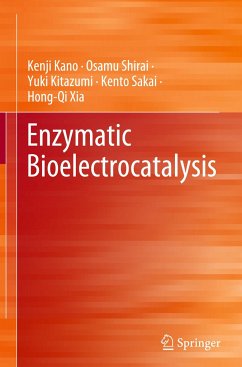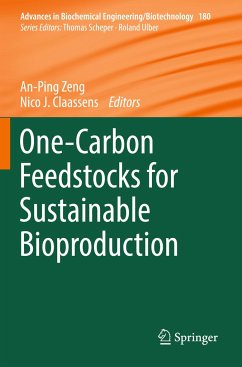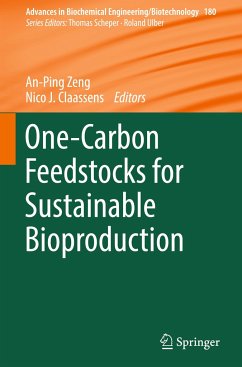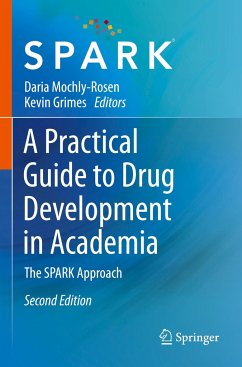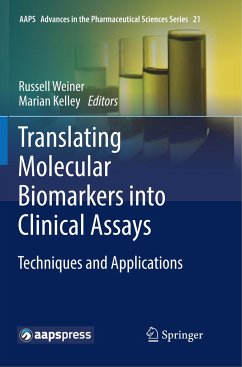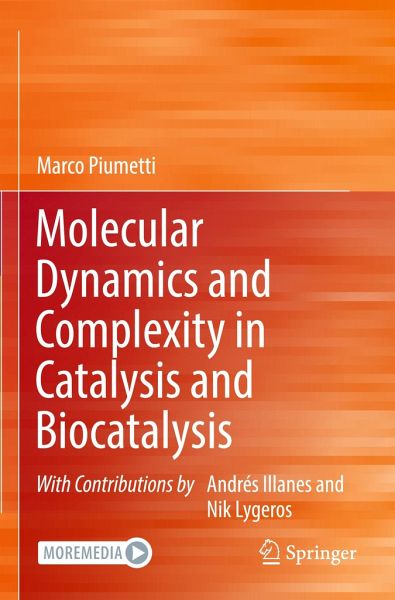
Molecular Dynamics and Complexity in Catalysis and Biocatalysis
Versandkostenfrei!
Versandfertig in 6-10 Tagen
43,99 €
inkl. MwSt.
Weitere Ausgaben:

PAYBACK Punkte
22 °P sammeln!
This textbook presents a concise comparison of catalytic and biocatalytic systems outlining their catalytic properties and peculiarities. Moreover, it presents a brief introduction to the science of catalysis and attempts to unify different catalytic systems into a single, conceptually coherent structure. In fact, molecular dynamics and complexity may occur in both catalysts and biocatalysts, with many similarities in both their structural configuration and operational mechanisms. Moreover, the interactions between the different components of the catalytic system that are important in defining...
This textbook presents a concise comparison of catalytic and biocatalytic systems outlining their catalytic properties and peculiarities. Moreover, it presents a brief introduction to the science of catalysis and attempts to unify different catalytic systems into a single, conceptually coherent structure. In fact, molecular dynamics and complexity may occur in both catalysts and biocatalysts, with many similarities in both their structural configuration and operational mechanisms. Moreover, the interactions between the different components of the catalytic system that are important in defining the overall activity, including the nature of active sites are discussed. Each chapter includes end of chapter questions supported by an online instructor solution manual. This textbook will be useful for undergraduate and graduate chemistry and biochemistry students.





